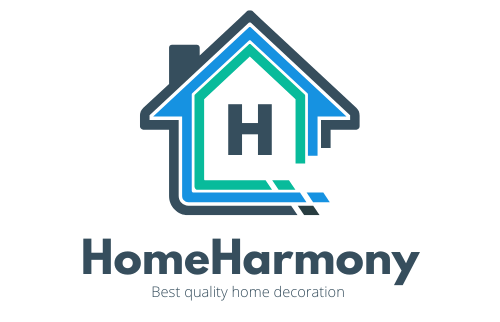The Seamless Indoor-Outdoor Flow Revolution
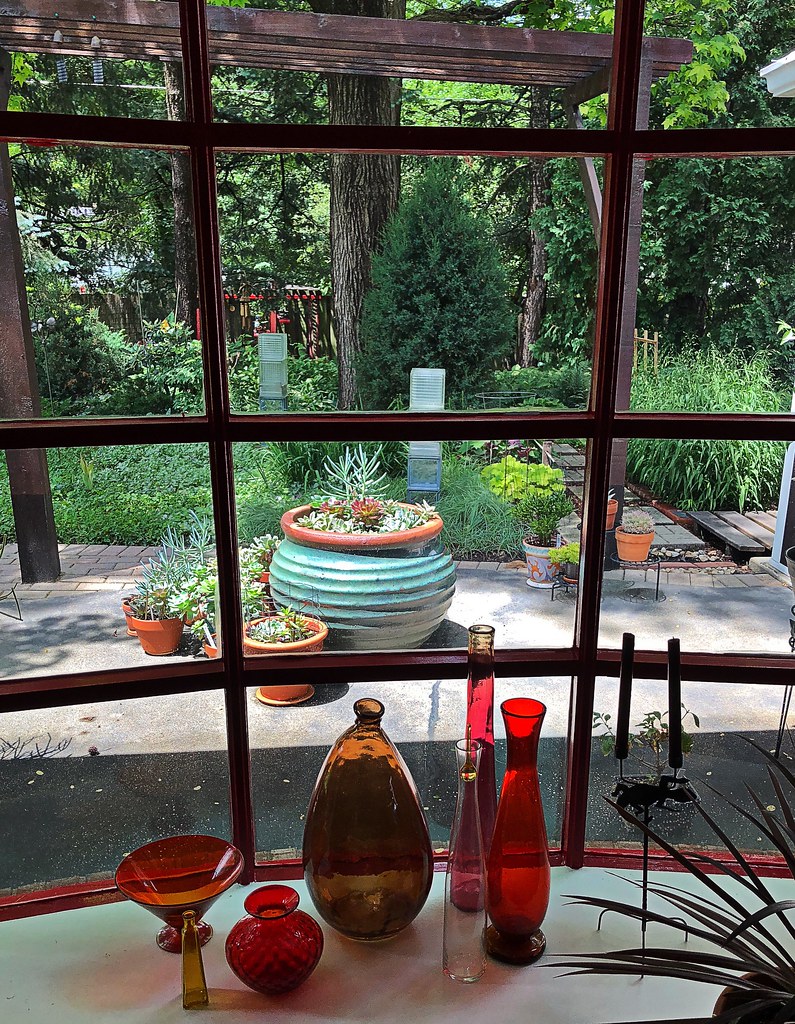
Something extraordinary is happening in American homes, and it’s not just about adding another room. In 2024, 78% of industry experts identified seamless indoor-outdoor transitions as the biggest trend. This isn’t your typical patio upgrade – we’re talking about a complete reimagining of how living spaces connect.
This desire for continuity is expected to grow in 2025 as homeowners seek to blur the lines between interior and exterior spaces with cohesive materials, colors, and styles. Think of it like creating a visual handshake between your living room and backyard. “Outdoor furniture is already indistinguishable from indoor pieces in terms of design, and this will continue,” says Tobias Petri, managing director of interior design studio Holzrausch. “Materials will remain durable for outdoor conditions, but their tactile feel, aesthetic, and functionality will increasingly mirror indoor furnishings.”
Materials That Make Magic Happen
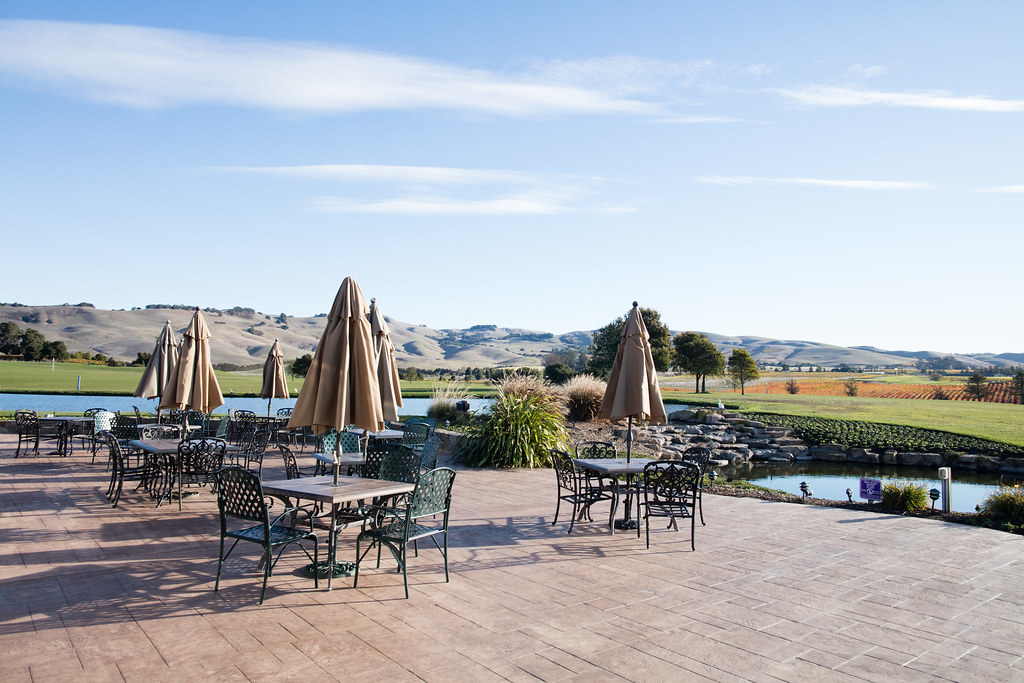
Instead of just teak, the outdoor spaces of 2025 will incorporate a wide range of materials. The game has changed completely from the days when outdoor furniture meant plastic chairs and basic umbrellas. “Material choices will prioritize texture and sustainability,” says DeLeon. “Raw stone, reclaimed wood, and clay finishes will take center stage.”
“Mixed materials continue to trend outdoors,” adds Ben Collins, president of outdoor furniture brand Brown Jordan. “We’ve introduced a couple of collections lately that are primarily aluminum, which provides the durability and low maintenance that we’re known for, but also have a teak or rope accent.” This approach creates visual interest while maintaining the practical benefits that outdoor spaces demand.
The Color Story That Connects
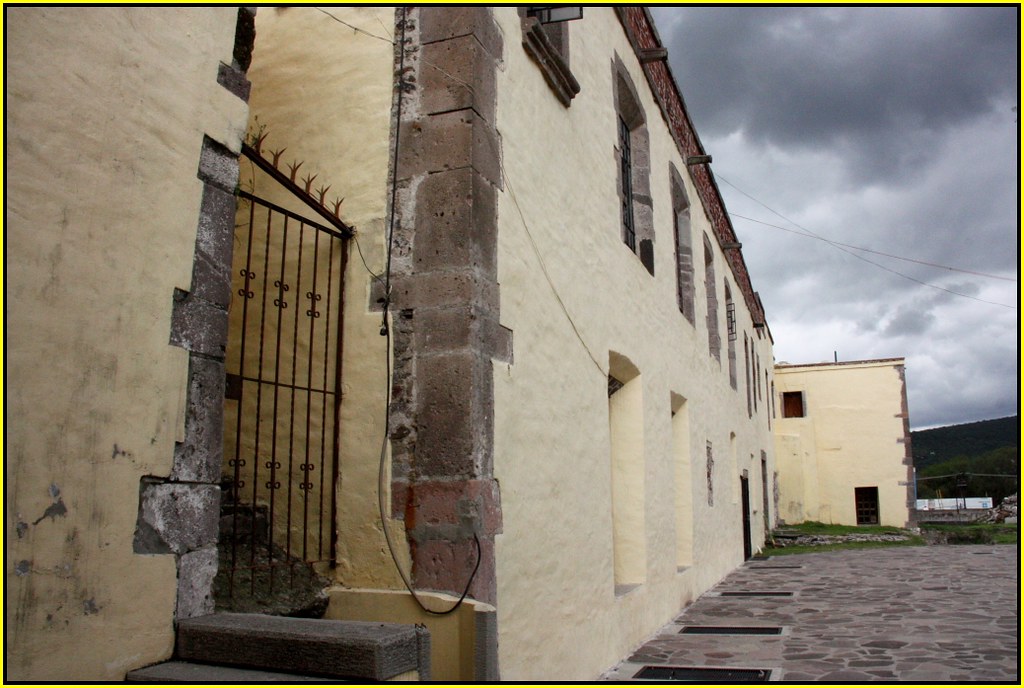
Earth tones are having their moment, and it’s not just a passing fad. “In 2025, outdoor spaces will embrace neutrals like warm taupes, terracotta, and olive greens, paired with grounding accents like deep forest greens, charcoal grays, and rusty metallics,” says interior designer Vanessa DeLeon. These hues create a natural bridge between indoor comfort and outdoor authenticity.
“As outdoor spaces increasingly mirror interior aesthetics, the color palettes will also adapt, incorporating warmer, homely hues that create a sense of comfort and cohesion.” It’s like nature itself is providing the perfect palette for this indoor-outdoor marriage. There’s still room for brighter hues—if anything, a neutral backdrop means a pop of color will stand out even more. “We’ll see bold color accents emerging to add vibrancy and personality,” says Petri.
Outdoor Kitchens: The Heart of Modern Living
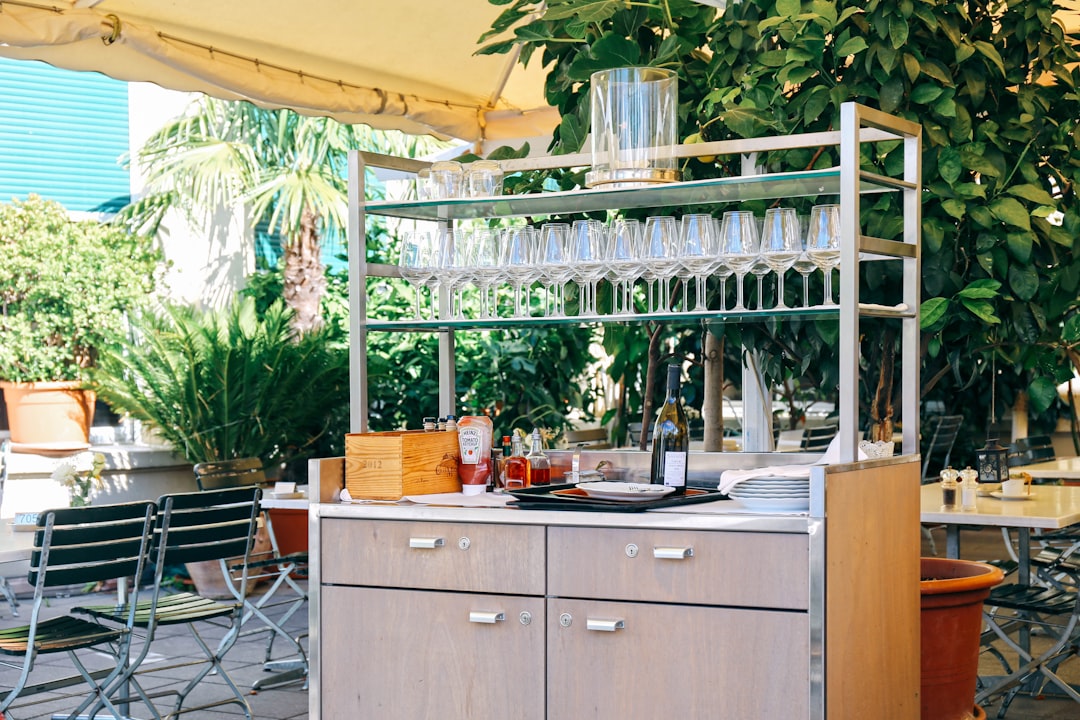
73% of architects and homebuilders say outdoor kitchens are the most in-demand feature in backyard spaces in 2024. This isn’t just about upgrading from a basic grill setup. In 2025, no longer are we content with a simple grill set up. Homeowners of today are looking for backyard kitchen setups that rival their indoor kitchens, complete with luxury appliances like pizza ovens, steam ovens, and sleek stainless steel grilling setups.
“Brick pizza ovens have become a sought-after feature in outdoor living spaces,” she says. “These ovens offer more than just a delicious dining experience—they create an inviting focal point that enhances the outdoor ambience.” The kitchen has truly become the social hub, whether it’s inside or outside your home.
Smart Technology Transforms the Backyard
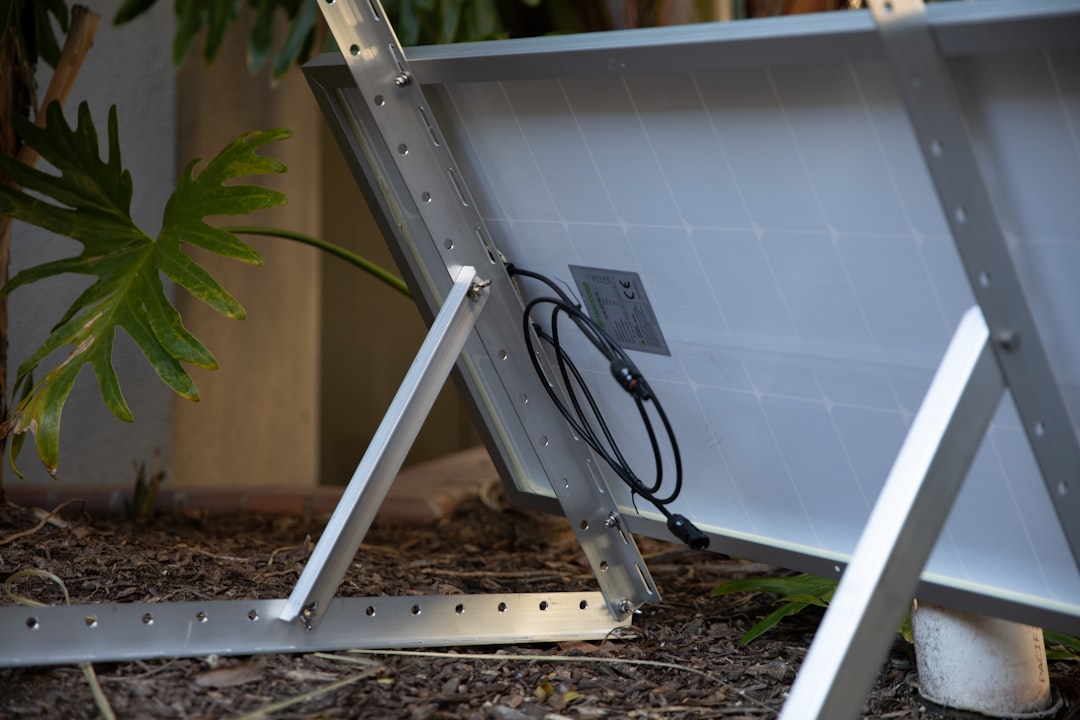
Yes, smart technology is coming for your backyard too. These innovations will manifest in outdoor kitchens, where technology is increasingly a factor, as well as elsewhere, like automated lighting solutions. The integration feels natural rather than forced, enhancing the outdoor experience without overpowering it.
Smart grills, wireless temperature controls, and automated lighting systems are just a few examples of how technology is enhancing the outdoor cooking experience. Homeowners can now enjoy the convenience of controlling their outdoor kitchen appliances remotely, ensuring a seamless and efficient cooking experience. Think of it as having a sous chef who never complains about the weather.
Wellness-Focused Outdoor Living

Studies show that nearly 90% of homeowners consider their outdoor areas to be important to their health and well-being. The backyard is becoming a sanctuary for both body and mind. Homes are taking a wellness-oriented approach to outdoor living designs in 2025. More people are prioritizing personal wellness, which is evident in the industry’s $1.8 trillion value in 2024.
The share of listings on Zillow that feature an at-home cold plunge pool is up 130% compared to last year, according to Zillow’s 2025 trend report. The temperature can be incredibly refreshing, especially on hot summer days. Scientists have also found that cold plunges can reduce cellular stress and inflammation and improve muscle recovery.
The Market Numbers Tell the Story

The global outdoor living structures market size was estimated at USD 2.32 billion in 2024 and is expected to grow at a CAGR of 6.2% from 2025 to 2030. Market growth is driven by evolving lifestyles among homeowners, which enhance their outdoor living areas to meet the growing demand for aesthetics and relaxation. These aren’t just decorative additions anymore – they’re serious investments in lifestyle and property value.
A majority of 70% of professionals agree that an updated, usable outdoor living space has a big impact on home value. Homeowners are willing to spend a quarter of their home improvement budget on outdoor living spaces. Due to this, there is a growth in demand for multi-use outdoor spaces, boosting the value of these properties.
Sustainable Design Takes Center Stage

Almost a quarter of the experts we spoke to, 24%, say that sustainability is one of the top outdoor living trends this year. Sustainability is incorporated into living spaces in various ways and often results in mixing various trends. This isn’t about sacrificing style for environmental responsibility – it’s about having both.
Americans are looking to be more balanced and in harmony with their environment, favoring the use of native plants and sustainable materials like permeable pavers, which promote better water drainage and reduce environmental impact. One professional we spoke to who wished to remain anonymous said “Eco-friendly features like pollinator-attracting plants, edible perennials, and low-water landscaping are very popular in our market.”
Creating Versatile Living Zones
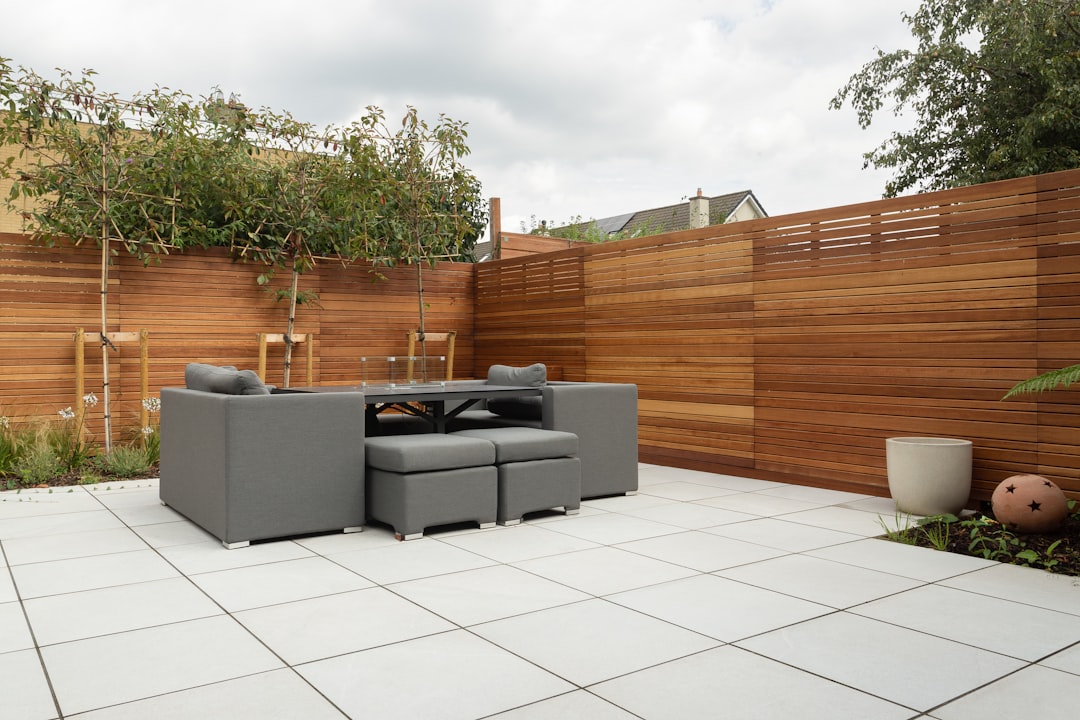
One of the biggest trends in the exterior design world is a move toward outdoor spaces resembling indoor ones. So, instead of just a few lounge chairs and a side table, people are designing top-to-bottom living rooms for their backyard. The key is creating zones that serve multiple purposes throughout the day and seasons.
As homeowners seek to expand their living space, designs that seamlessly blend indoor and outdoor areas are gaining traction. Expect to see furnishings, materials, and color schemes that create a cohesive look between indoor and outdoor spaces, helping to make backyards a true extension of the home. It’s like having a living room that happens to have the best ceiling in the house – the sky.
The Human Connection Factor

What’s driving all these changes isn’t just design trends or market forces – it’s our fundamental need for connection. “My clients expect their outdoor furniture to have character and to be as comfortable as their indoor furniture.” This expectation reflects how we’ve started thinking about outdoor spaces as genuine extensions of our homes rather than afterthoughts.
“People want their entire property to feel like one continuous living area, which can be achieved with the right design approach and materials.” The best outdoor spaces don’t just look good – they feel like home because they truly are part of home. They’re places where memories are made, relationships are strengthened, and life is fully lived.
What’s the most surprising thing about these trends? They’re not really about the outdoors at all – they’re about extending the warmth, comfort, and style of home into every corner of our lives.

Matthias is a skilled author and digital storyteller with a focus on travel journalism, environmental issues, and modern home design. With a background in communications and a passion for global cultures, Matthias crafts engaging narratives that blend real-world exploration with thoughtful analysis and visual flair.
His writing reflects a deep interest in how climate change shapes our lives and lifestyles—from sustainable travel practices to eco-friendly living environments. Known for his clear, approachable voice and sharp editorial instincts, Matthias delivers content that resonates with readers seeking both inspiration and substance.
Whether reporting from remote destinations, breaking down sustainable design trends, or spotlighting innovative green initiatives, Matthias brings a global perspective and an eye for detail to every piece. He regularly contributes to web platforms and editorial projects that aim to foster awareness, creativity, and conscious living.
